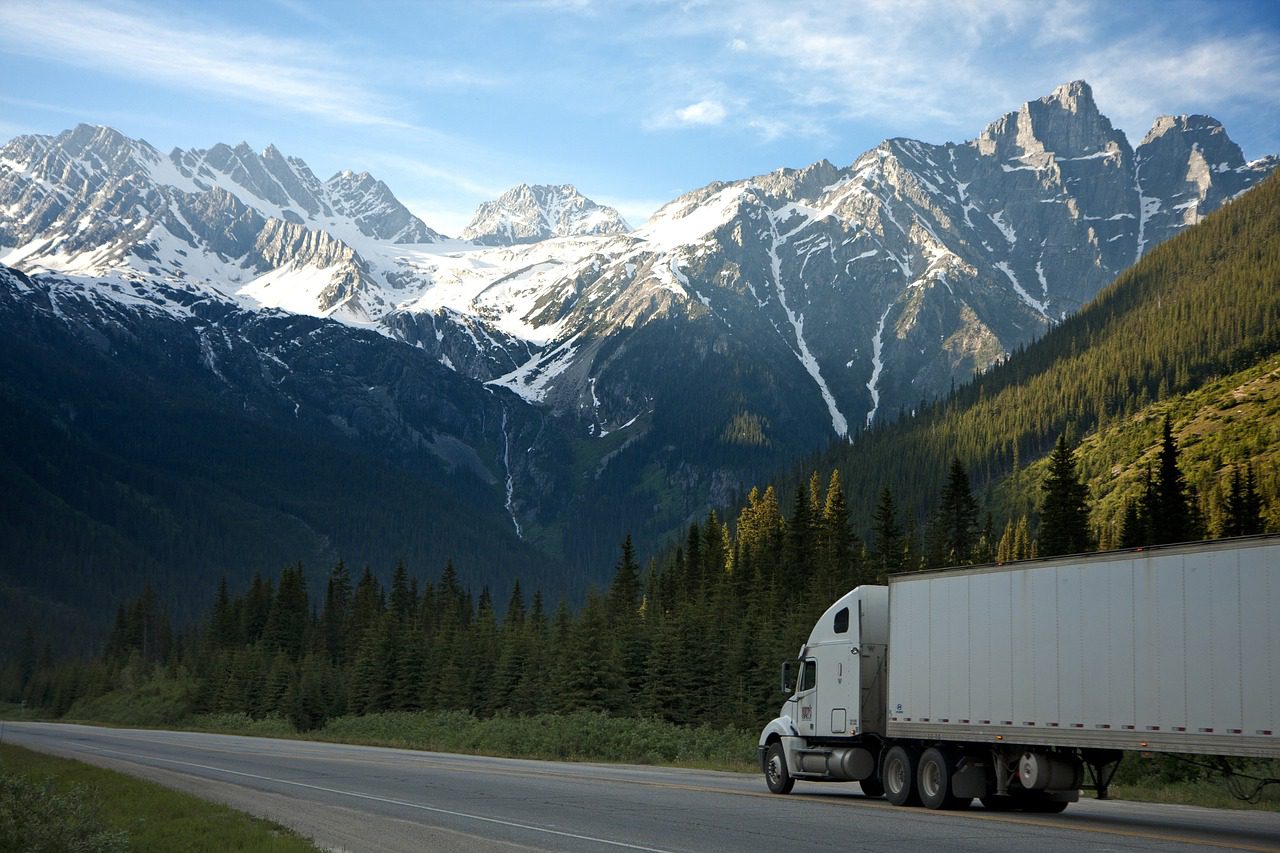6 Tips for Financial Security After You Retire
Achieving financial security in retirement can be challenging but is essential. With careful planning and wise decisions, retirees can prepare for a comfortable and stress-free life after leaving the workforce. In this blog post, we will share 10 practical tips to help you maintain financial stability during retirement.
Retirement signifies a significant change, both in your daily routine and financial circumstances. After years of consistent income, your cash flow undergoes a substantial shift. With no more paychecks, you’ll rely on your retirement savings and benefits like Social Security. This necessitates a reevaluation of your budget and a strategic approach to investing and spending your money.
The tips outlined in this post will help you avoid significant financial pitfalls. You’ll discover how to budget wisely, plan for healthcare expenses, reduce taxes, and align your investments with your income requirements.
1. Consult Professionals
Navigating the complexities of retirement finances is challenging to do alone. Working with trusted professionals can help you maximize income, minimize taxes, and protect your assets in your later years. A financial advisor can be invaluable in creating a comprehensive retirement plan tailored to your specific situation. Especially for those who have worked in the public sector, understanding the specifics of pension plans and other retirement benefits is important. Financial planning for government employees often involves unique considerations that private sector employees might not face, making specialized advice invaluable.
Schedule a consultation to review your full financial picture, including details on all income sources, investment accounts, debts, insurance policies, and other assets. A reputable advisor will assess your current finances, future goals, risk tolerance, and potential medical needs to create a customized retirement roadmap.
2. Pay Off Debt
Does your credit score matter after you retire? Entering retirement with no debt is the ideal scenario. Without regular payroll income, paying off debts from credit cards, personal loans, medical bills, and remaining mortgages can be challenging on a fixed retirement budget. Make eliminating as much outstanding debt as possible a top priority in the years leading up to retirement. The less debt you carry into retirement, the more financially secure you will be.
Start by listing all your current debts with interest rates and minimum payment amounts. Prioritize paying off high-interest credit card balances first before you retire. Next, address any unsecured personal loans, lines of credit, or medical debts. Make at least the minimum payments on these while directing extra funds to pay off high-interest debts. Consider consolidating multiple high-interest debts into a lower fixed-rate personal loan to pay off faster, making sure there are no prepayment penalties.
3. Downsize Your Lifestyle
Downsizing your lifestyle is one of the most effective ways to reduce expenses in retirement. If you own a large single-family home, consider moving to a smaller house or condominium. This reduces your maintenance costs, utility bills, property taxes, and other housing expenses. If possible, sell your home to realize the equity and boost your retirement savings.
You can also relocate to a lower-cost area or smaller town to significantly reduce your cost of living. Research affordable areas with amenities important to you, like access to quality healthcare. Renting instead of owning a home also reduces your housing costs long-term, as rent prices are generally lower than the costs of homeownership. Moving into a retirement community specifically for older adults can offer social benefits, too.
4. Take Care of Your Health
Poor health can lead to high medical costs in retirement. Conversely, keeping yourself in good physical shape can save you thousands in healthcare expenses down the road. Make health a priority by adopting healthy daily habits such as eating nutritious whole foods, exercising for 30-60 minutes daily, avoiding smoking and excessive alcohol, and getting at least 7 hours of quality sleep per night. Stay socially active and challenge your mind to delay cognitive decline.
In addition to healthy living, get preventative care with regular physical check-ups to catch issues early. Dental visits, vision exams, cancer screenings, and vaccines are essential. For women, bone density scans help assess osteoporosis risk. Ask your doctor to screen for heart disease, diabetes, and other common age-related conditions. Research the most cost-effective health insurance options as well.
5. Invest Wisely
Retirement investing requires a more conservative strategy than your working years. As you approach retirement age, shift towards lower-risk investments that offer steady, predictable returns to support your income needs. Diversify your holdings across stocks, bonds, mutual funds, real estate, and other alternatives to reduce your risk exposure to any single asset class.
Consider annuities to provide guaranteed income for life to cover fixed expenses, and withdraw only the investment returns to preserve your principal. Index funds offer diversified, low-cost exposure to stock markets, while speculative, highly volatile assets like cryptocurrencies and penny stocks should be avoided. Consult an experienced financial advisor for guidance on the right asset allocation and risk management, but be diligent in choosing an advisor who acts in your best interest.
6. Use Senior Discounts
One effective strategy to make the most of your fixed income in retirement is taking advantage of discounts on products, services, and experiences for seniors. Many retailers, grocery stores, restaurants, hotels, transportation providers, and entertainment venues offer special senior discounts, usually starting between the ages of 55 and 65. Ask about discounts and carry proof of age to get discounted prices on things like prescription drugs, healthcare services, travel, phone plans, admission tickets, and more.
Do research to find the best senior discounts in your local area. Check with organizations like the American Association of Retired Persons (AARP), which offers many benefits to members. Your local senior center is another great resource for finding local discounts, and public libraries often host free or low-cost classes and events for seniors. Taking advantage of every possible discount will allow you to stretch your retirement budget further.
Conclusion
With prudent financial habits, retirees can stretch their income, maintain independence, and enjoy a comfortable lifestyle. Monitoring spending and minimizing costs are key. Retaining retirement savings, investing wisely, and optimizing health also keep finances secure well into the retirement years. With some planning and discipline, retirees can relax and appreciate their golden years.





